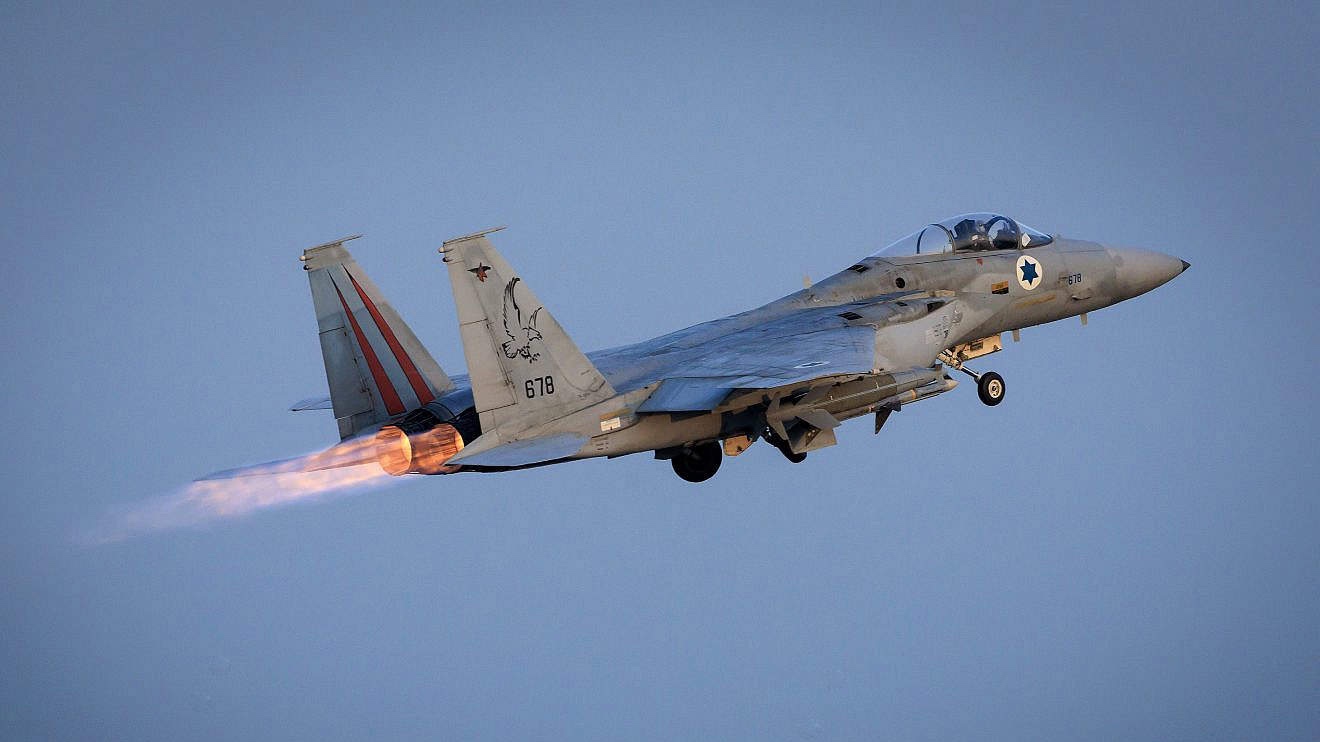(Gatestone Institute) Little attention is being paid to Iran in the aftermath of the 12‑Day War in June, but the threat it now poses is growing significantly. While global focus has shifted to other crises, Iran has rapidly and aggressively been accelerating its ballistic-missile production at the speed of light.
The Iranian regime is proudly announcing its manufacture of vast quantities of missiles, expanding assembly lines and openly boasting about its growing arsenal. Iran is not concealing these developments; it is bragging about them. The regime, despite a crippling drought, appears to feel emboldened, empowered and determined.
“Iran’s missile power today far surpasses that of the 12‑day war,” Iranian Foreign Minister Abbas Araghchi recently declared. His remarks were reinforced by Defense Minister Brig. Gen. Aziz Nasirzadeh, who claimed that the defense industry has not only recovered from wartime strain but has grown dramatically.
“Iran’s defense production has improved both in quantity and quality compared to before the 12‑day Israeli-imposed war in June,” he stated, insisting that new missiles are now rolling off production lines faster than ever. The government seems to believe it has momentum—and appears eager to show it.
Some politicians and analysts may dismiss these proclamations as Iran just wishing to intimidate adversaries, prevent attacks and maintain regional influence. The reality, however, is that Iran’s missile production is most likely meant to wage war again, either directly or through its proxies.
The regime has a documented record of firing its missiles at US military bases, at targets in Iraq, at striking Israel and launching missiles into Qatar. Iran has also provided ballistic missiles to militant groups such as the Houthis in Yemen and has also been supplying missile and drone technology to Russia for use against Ukraine.
Iran’s proxies have launched missiles at civilian airports, commercial vessels, cities and infrastructure across the region. Anyone who interprets this build‑up as “defensive” is ignoring decades of evidence to the contrary.
Iran is additionally boasting that its missiles can hit US cities, European capitals and targets throughout the Middle East. Iranian officials continue to emphasize their desire to wipe out Israel. Iran appears to view missile development as the cornerstone of its strategy to compensate for its conventional military weaknesses.
What if Iran were to load just one of these missiles with a nuclear warhead? The window to constrain Iran’s capabilities may be rapidly closing. The US should have let Israel keep on going when it wanted to, after the Trump administration took out three of Iran’s nuclear plants: Israeli Prime Minister Benjamin Netanyahu knows what he is doing.
The West would be wise to put a credible military option back on the table: let Iran know that continued missile expansion, threats and proliferation will again provoke a direct and forceful response. This would entail strategically identifying any facilities involved in the development, assembly, testing and distribution of ballistic missiles.
The second step should involve comprehensive, relentless sanctions. Any individual, corporation, foreign bank, or government entity involved in facilitating Iran’s ballistic missile program might be sanctioned without delay. Also included should be suppliers of raw materials, transportation networks, front companies and financial institutions that help Iran circumvent restrictions.
The sanctions need to be enforced with penalties severe enough to deter others from assisting Iran and include freezing overseas assets, banning access to global banking systems and imposing full trade restrictions on any company or country that aids Iran’s missile program.
Perhaps the most important economic pressure point is cutting off or severely restricting Iran’s oil sales to cripple its ability to sustain rapid missile production. This means applying intense diplomatic pressure on Iran’s major purchasers to halt imports. Every barrel of Iranian oil sold directly funds missile components, weapons shipments to proxies, drone fleets and destabilizing operations across the region.
Iran’s missiles do not remain confined within the country’s borders. They are distributed to militant organizations that operate far from Iran’s territory, extending Tehran’s reach. If the West is serious about stopping Iran’s missile expansion, dismantling these missile networks must be part of the strategy. Every intercepted shipment delays Tehran’s ambitions and weakens its ability to radiate threats.
Iran’s missile arsenal was already large before the 12‑day war, but it is now significantly bigger, more sophisticated and growing at an unprecedented speed. The regime’s confidence and aggression are rising in parallel with its production capacity.
It is important to act before Iran’s missiles reshape the geopolitical landscape in ways that could be difficult to reverse. Stopping this expansion requires combining a credible military option with severe sanctions, cutting off the regime’s oil revenue and targeting every node of its proliferation network.
Iran must not be allowed to grow stronger, more dangerous and more emboldened. The stakes are global, affecting every nation that depends on a secure, free world.
Originally published by Gatestone Institute.














